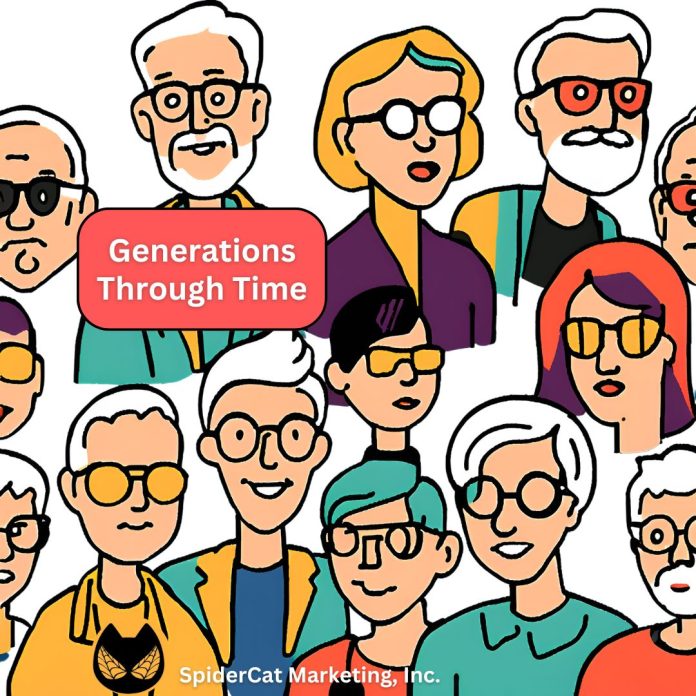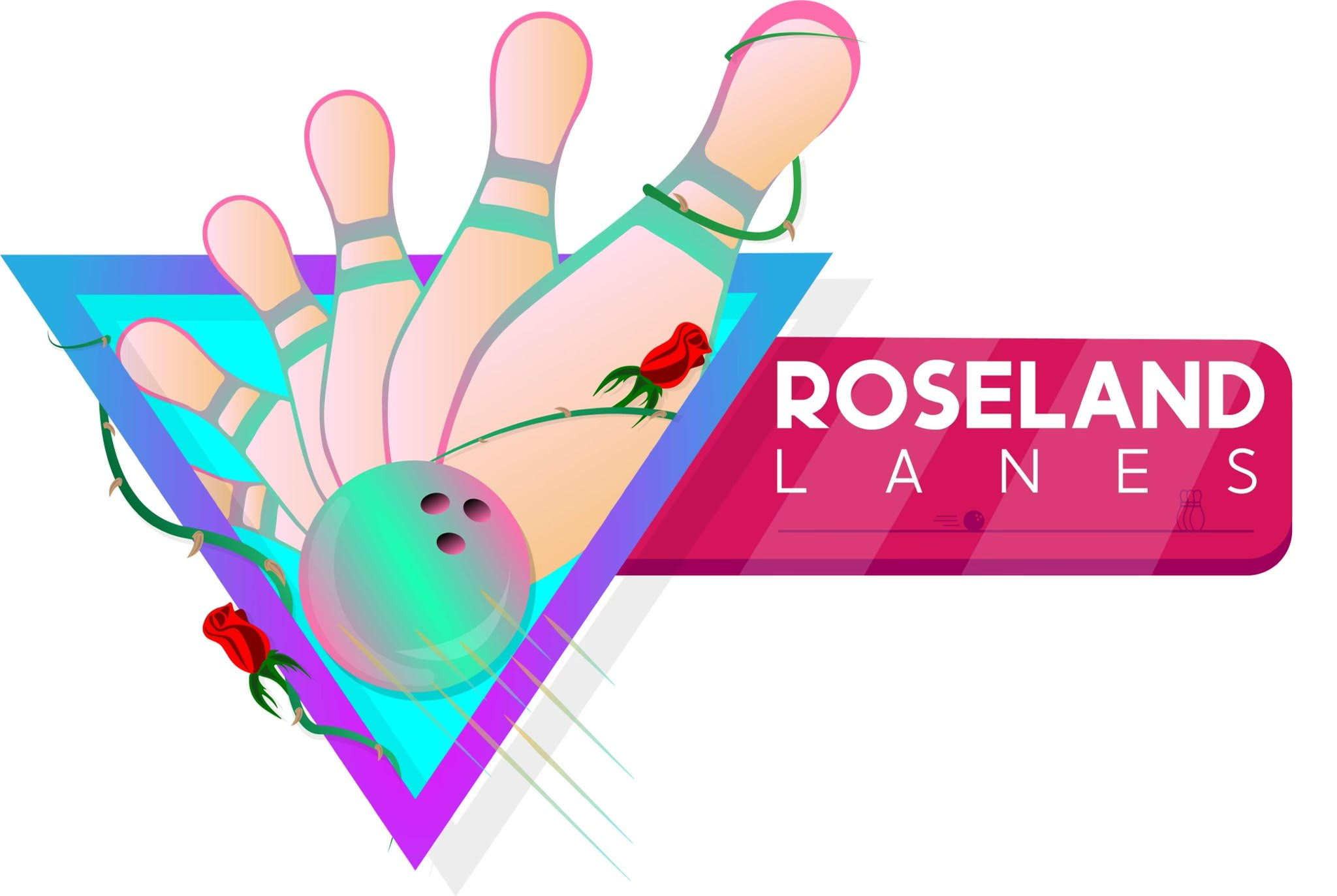The practice of naming and categorizing generations has become an essential tool for understanding societal shifts and demographic trends. Each generation is shaped by the events, technologies, and cultural movements of their time, creating distinct characteristics and values.
The Silent Generation (1928-1945) Also known as the “Traditionalists” or “Radio Babies,” this generation grew up during the Great Depression and World War II. They were shaped by economic hardship and traditional values, earning their “Silent” moniker from their tendency to conform to social norms and work quietly without complaint.
Baby Boomers (1946-1964) Named for the dramatic increase in birth rates following World War II, Boomers grew up during a period of economic prosperity and significant social change. They witnessed the civil rights movement, the space race, and the Vietnam War, earning them a reputation for being hardworking and goal-oriented.
Generation X (1965-1980) Often called the “Latchkey Generation” or “MTV Generation,” Gen X grew up during the rise of personal computers and video games. They’re known for their independence, adaptability, and skepticism of traditional institutions, having experienced the end of the Cold War and the dawn of the internet age.
Millennials (1981-1996) Also known as Generation Y, Millennials were the first digital natives, coming of age during the internet revolution. They experienced 9/11, the Great Recession, and the rise of social media, shaping their approach to work, relationships, and technology.
Generation Z (1997-2012) Often called “Zoomers,” Gen Z is the first truly digital-native generation, never knowing a world without smartphones and social media. They’re characterized by their technological fluency, concern for social justice, and pragmatic approach to career and finances.
Generation Alpha (2013-2024) The first generation born entirely in the 21st century, Alphas are growing up in a world of AI, voice assistants, and instant connectivity. They’re expected to be the most technologically integrated generation yet, with many learning to navigate digital interfaces before they can walk.
Generation Beta (2025-2039) Set to begin with children born in 2025, Generation Beta will likely be shaped by advanced AI, virtual reality, and whatever technological innovations emerge in the coming decades. They’ll be the first generation to grow up with widespread AI integration in daily life.
Looking Forward: Generation Gamma Following Beta, Generation Gamma is projected to start around 2040. However, it’s important to note that generational boundaries are not fixed scientific categories but rather social constructs that help us understand broader demographic trends and societal changes.
Understanding these generational differences and characteristics is crucial for businesses, educators, and social organizations. Each generation brings unique perspectives, challenges, and opportunities to the workforce and marketplace, making this knowledge invaluable for effective communication and engagement strategies.
Note: While these date ranges are widely accepted, some researchers and organizations may use slightly different timeframes, as generational boundaries can be fluid and subject to interpretation.

























